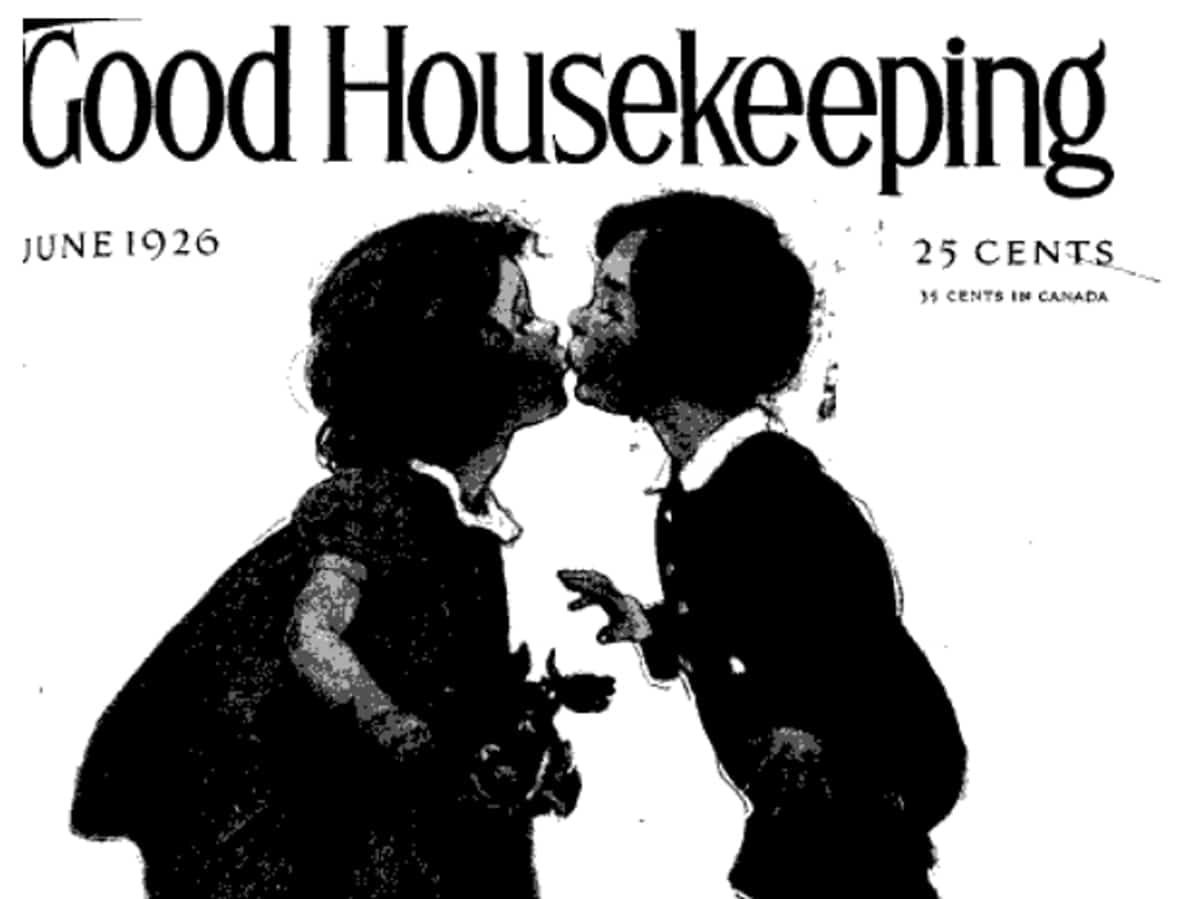 First appearances are everything. And the presentation of your invitations not only signifies a first appearance, but sets the entire tone of your event.
First appearances are everything. And the presentation of your invitations not only signifies a first appearance, but sets the entire tone of your event.
Sure, we could have skimmed through the depths of Martha Stewart’s blog for decoupage ideas but where’s the fun in that? Here are some throwback tips culled from past Good Housekeeping authors on event invitations, i.e., how to bring it before the event begins.
Cut-Out Invitations
Magazine cut-outs were all the rage in the 20s. One case in point is Sheila Young’s “Polly Pratts Sister Peggy” and “Brother Peter” cut-outs from Good Housekeeping’s March issue of 1920. The cut-outs were of little Peggy and Peter and included an array of clothing and activity possibilities that could also be cut-out and attached to their bodies—from hats, dresses and wheel barrows with built-in trousers to monkeys, chickens and egg baskets, cars and sleds. All of these things were interchangeable, thanks to little paper flaps at the top of the cut-outs that made it easy to attach and remove. How can you build on this theme creatively with your invitations?
Needlework Keepsakes & Wallpaper
Anne Orr’s cross-stitch needlework patterns, featured in the November ’23 issue of Good Housekeeping, offer a reminder of the importance of personalizing the event experience—beginning to end. Orr’s designs ranged from monogrammed handkerchiefs to Chinese-inspired napkins, most using “old-fashioned stitchery.” Elinor Hunken’s “Select Your Wallpaper to Suit Your Rooms” also builds on this theme of personalization.
“Though plain walls have been in vogue in the immediate past, there is now renewed popularity for figured wallpapers.” Hunken’s article has much to offer in the way of designing invitations based on the personality of the attendee. She goes on to say, “Consider the character of the room and choose a paper to suit it.” In a similar fashion, planners can use pre-event forms to discover the character, i.e., likes and dislikes of attendees and then send personalized greetings based on what they find. The point is to find out who your attendees are and then offer a gesture that conveys just that.
For the Questioning Mind
In today’s world of mass mailings, invitations often feel more like whodunit lists: who, where, when, with what, etc. Consider engaging attendees with a message of mystery or something that sparks curiosity. Emily Newell Blair’s, “For the Questioning Mind,” in Good Housekeeping’s Oct. of ’27 issue, was written in reference to books and the necessity of controversy to spur critical thinking. “We seek those books that will corroborate our already formed opinions,” she said, while speaking to the necessity of debate. Your invitations obviously do not have to take on such a stark tone. You can also use a question or riddle to spark curiosity in attendees. Perhaps a scavenger hunt, contest or hint on what is to come.










